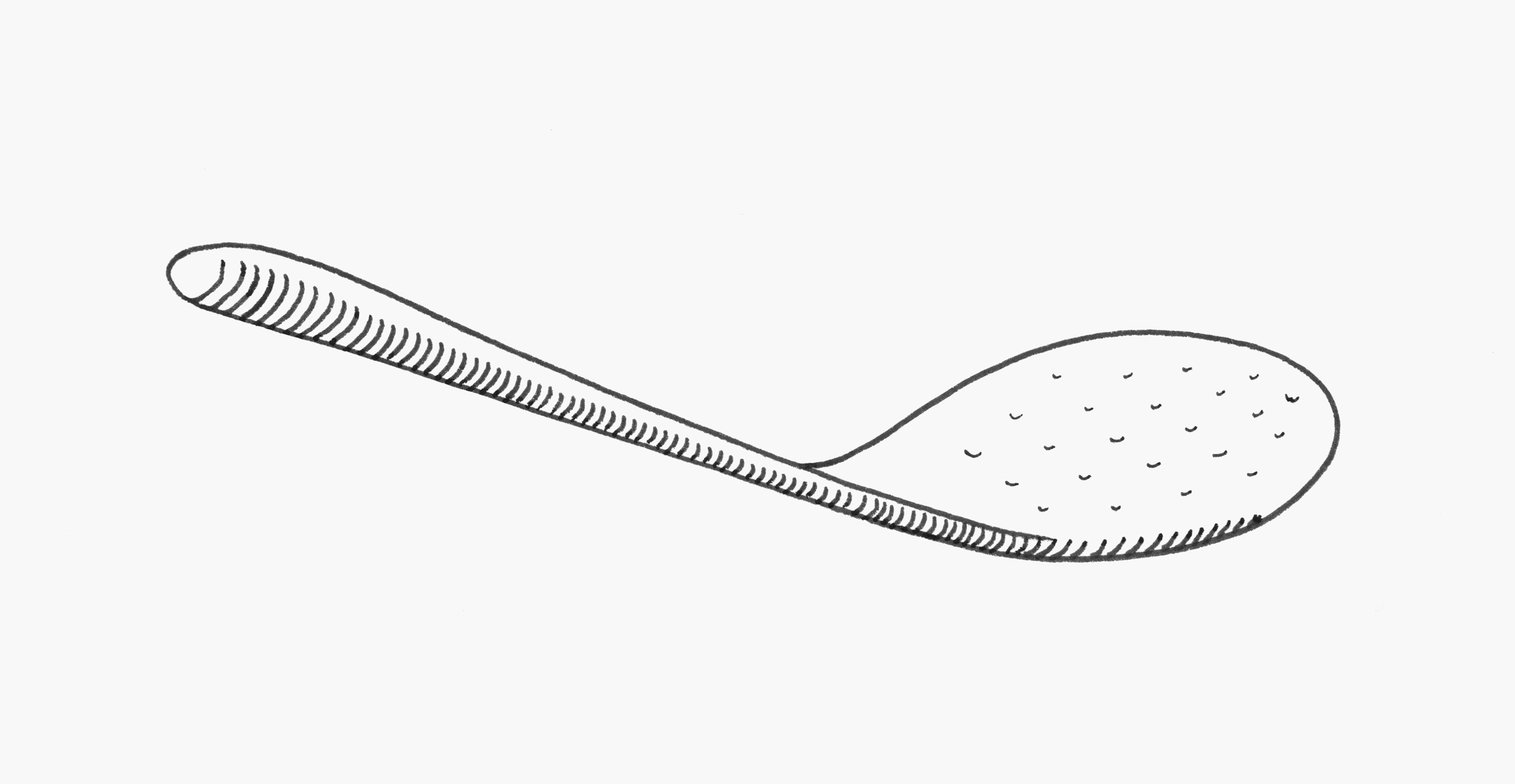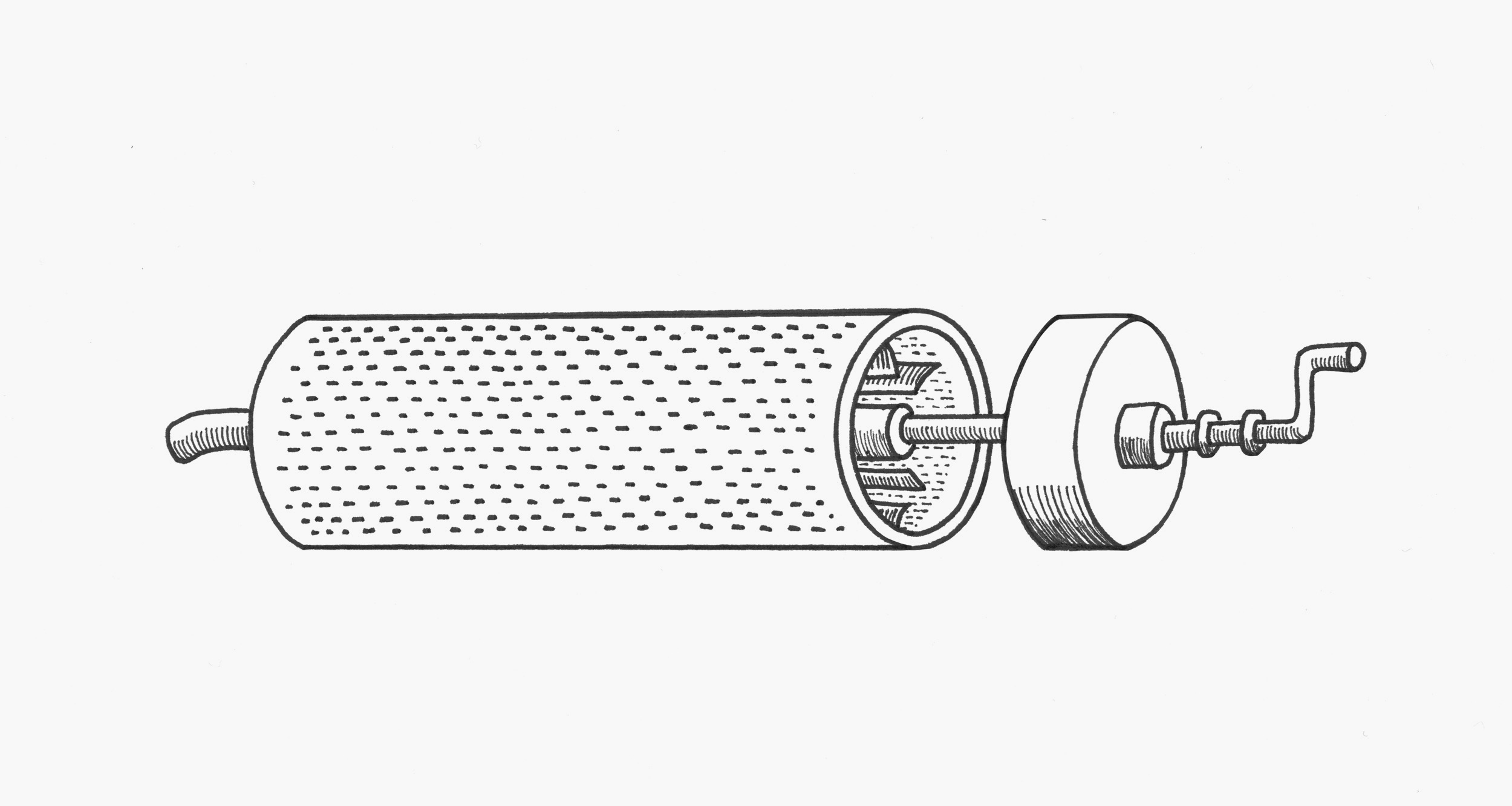Coffee consumption predates coffee roasting by hundreds, perhaps thousands, of years. In the cloud forests of Ethiopia and South Sudan, where the coffee plant originated, local people chewed the leaves for a quick energy fix, brewed wine from the fruit, or used the dried husks to make the spiced cascara-like drink called qishr (Pendergrast 2010). Although the ninth-century Persian philosopher and physician Muhammad ibn Zakariya al-Razi, also called Rhazes, is often credited with creating the first written record of coffee, it’s possible that the plant was cultivated in Yemen as early as the sixth century (Ukers 1922).
The oldest evidence of coffee roasting comes from an archaeological site in Julfar, a port city in the present-day United Arab Emirates, dating back to the early thirteenth century (Kaltenstadler 2011). Roasted coffee beans found there, together with Yemeni pottery, indicate that coffee was being traded in the Arab world at that time. The coffee drunk in this period was probably lightly roasted and mixed with spices, similar to modern-day ‘Arabic’ or ‘Gulf’ coffee.
The darker-roasted style of coffee common today was developed in Turkey during the fifteenth and sixteenth centuries, alongside the first specialised coffee grinders and a novel brewing method called the cezve. Coffee was roasted over an open fire in long-handled pans or perforated dishes made of earthenware or metal.
 Source: Ukers 1922
Source: Ukers 1922
The first cylindrical drum roasters, made of perforated metal and designed to be turned by hand over an open flame, appeared in the seventeenth century. In time, metal drums without perforations were developed to protect the beans from excessive heat and smoke from the hotter cooking fires found in Europe (Bersten 1993).
 The first drum roaster, circa 1650. Source: Ukers 1922
The first drum roaster, circa 1650. Source: Ukers 1922
Until the early nineteenth century,